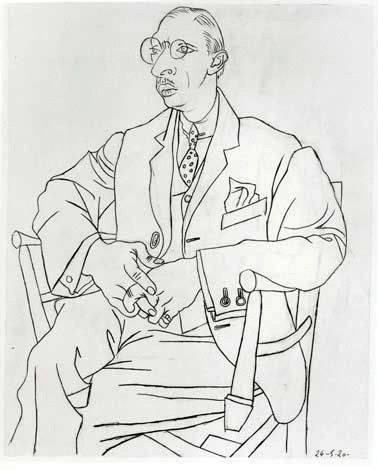Composed 1909-10; transcribed 1928; 13 minutes
Stravinsky’s original works for piano (Piano Sonata, Serenade, Four Études and Piano-Rag Music) add up to about 30 minutes of music. Add in the Three Movements from Petruschka, which the composer adapted in 1921 for pianist Artur Rubinstein, and the timing increases by 50%. The Firebird (Zhar’-ptitsa) ballet was a sensation when it opened June 25, 1910 at the Paris Opéra, launching a renowned partnership between Stravinsky and the impresario Serge Diaghilev. With The Firebird, based on an exotic and familiar Russian fairy tale, Stravinsky went on to make a piano reduction, plus three orchestral concert suites in 1911, 1919 and 1945, and several arrangements for violin and piano. But he never gifted pianists a black-and-white transcription of The Firebird.
Italian pianist and pedagogue Guido Agosti did just that, however. Agosti appeared rarely on stage because of stage fright and pre-concert nerves. He held prestigious positions as a professor in the top Italian music schools, and had a treasure trove of pupils including Maria Tipo, Yonty Solomon, Leslie Howard, Martin Jones, Raymond Lewenthal and many more. Agosti himself was a pupil of Ferruccio Busoni and his notoriously challenging transcription of the three closing scenes from The Firebird (1928) was dedicated to his teacher. Portraying the climax of Stravinsky’s ballet, Agosti’s transcription vividly captures Stravinsky’s visceral energy and raw physicality.

Picasso’s sketch of Igor Stravinsky, who, throughout his career, conducted music from his ballet The Firebird more than one thousand times . . . to the point where he was once accidentally addressed as ‘Mr. Fireberg!’